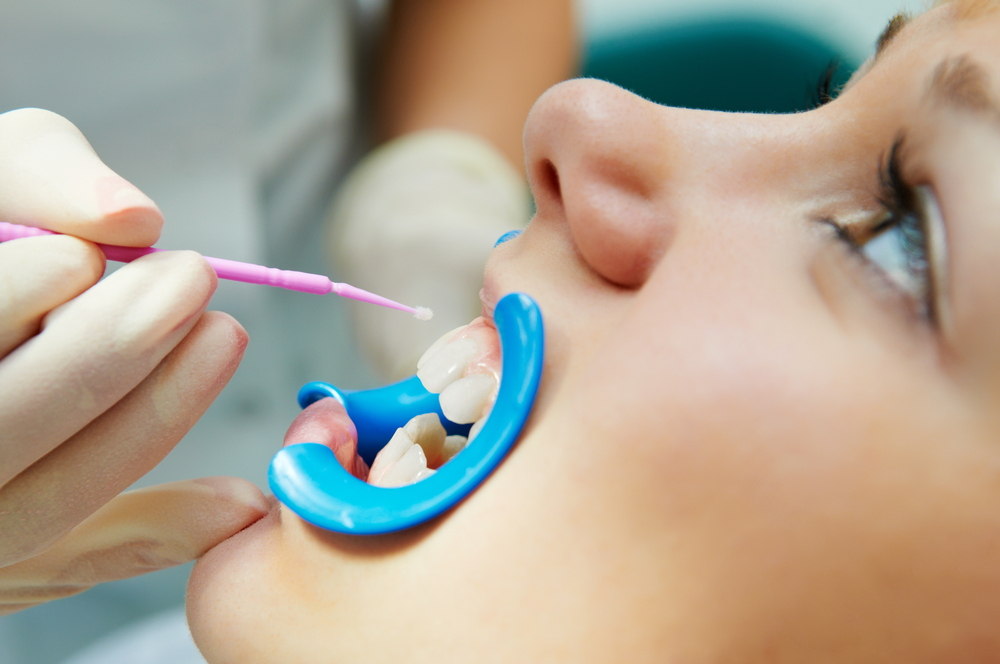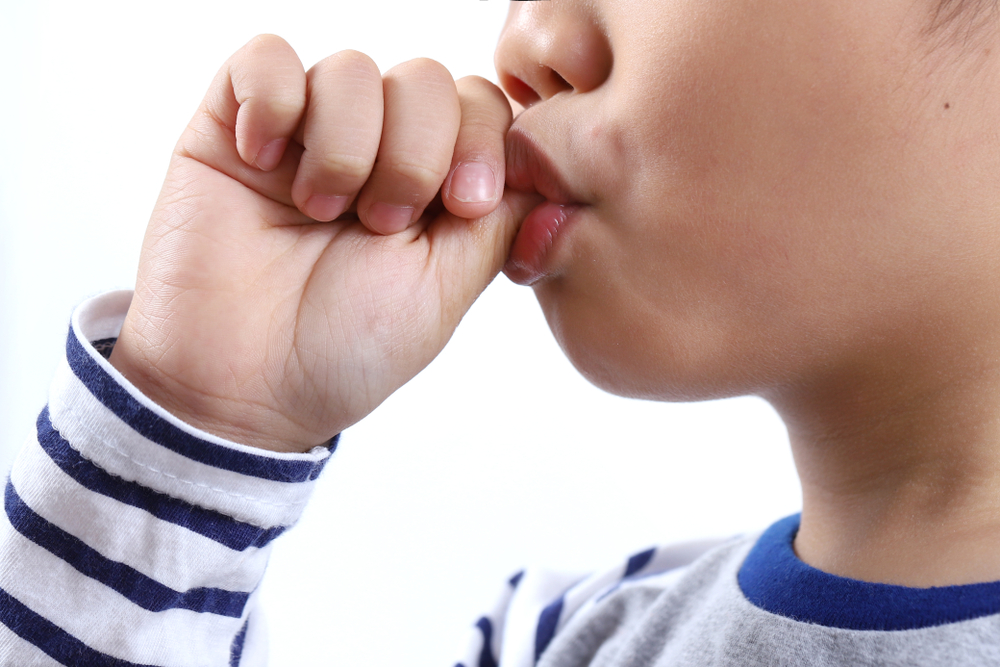Introduction
Good oral hygiene habits are essential for maintaining a healthy smile and preventing dental problems. As parents and educators, it is our responsibility to teach children the importance of taking care of their teeth and gums from an early age. However, teaching kids about oral hygiene doesn’t have to be a boring or tedious task. By incorporating fun and effective methods, we can make the learning process enjoyable for children while instilling good habits that will last a lifetime.
1. Make Brushing a Fun Activity
Introducing oral hygiene habits to kids can be challenging, but making brushing a fun activity can help. Use colorful toothbrushes and toothpaste with their favorite cartoon characters. Encourage them to brush their teeth by turning it into a game or singing a catchy song while they brush.
2. Set a Good Example
Kids often imitate their parents, so it’s essential to set a good example when it comes to oral hygiene. Let them see you brushing and flossing regularly. Explain the importance of taking care of your teeth and how it helps prevent cavities and gum diseases.
3. Use Educational Resources
There are numerous educational resources available to teach kids about oral hygiene. Look for interactive videos, books, or online games that explain the importance of brushing, flossing, and visiting the dentist. These resources can make learning about oral hygiene more engaging and enjoyable for children.
4. Create a Reward System
Implementing a reward system can motivate kids to maintain good oral hygiene habits. Create a chart where they can mark each day they brush their teeth and floss. Offer small rewards or incentives when they reach certain milestones, such as a sticker or a special treat.
5. Let Them Choose Their Dental Products
Allowing kids to choose their dental products can make them more excited about oral hygiene. Take them to the store and let them pick out their toothbrush, toothpaste, and floss. This sense of ownership can encourage them to use these products regularly.
6. Teach Proper Brushing Techniques
Show your kids the correct way to brush their teeth. Explain the importance of brushing all surfaces of their teeth, including the front, back, and chewing surfaces. Teach them to brush gently in circular motions and to reach all the way to the gum line.
7. Make Flossing Fun
Flossing is an essential part of oral hygiene, but it can be challenging for kids to grasp. Use floss picks or colorful flossers to make it more appealing.
Summary
Teaching kids good oral hygiene habits is crucial for their overall health and well-being. This blog post explores various fun and effective methods that can be used to educate children about the importance of oral care. By making oral hygiene routines enjoyable and engaging, children are more likely to develop positive habits and maintain good oral health throughout their lives. From interactive games and songs to creative brushing techniques, there are numerous ways to make oral hygiene education exciting for kids. By implementing these methods, parents and educators can ensure that children understand the significance of proper oral care and are motivated to take care of click here for more info their teeth and gums on a daily basis.

- Q: How can I make brushing teeth fun for my child?
- A: You can try using colorful toothbrushes and toothpaste, playing their favorite song while they brush, or turning it into a game by pretending to be a dentist.
- Q: At what age should I start teaching my child about oral hygiene?
- A: It is recommended to start teaching your child about oral hygiene as soon as their first tooth appears, usually around 6 months of age.
- Q: How often should my child brush their teeth?
- A: Children should brush their teeth at least twice a day, in the morning and before bedtime.
- Q: What is the correct technique for brushing teeth?
- A: Teach your child to brush in small circular motions, covering all surfaces of the teeth and gums. Make sure they brush for at least two minutes each time.
- Q: When should my child start using toothpaste?
- A: Once your child is able to spit out the toothpaste instead of swallowing it, usually around the age of 2, you can start using a pea-sized amount of fluoride toothpaste.
- Q: How often should my child visit the dentist?
- A: It is recommended to take your child for their first dental visit by their first birthday, and then regularly every six months for check-ups and cleanings.
- Q: Are there any foods or drinks that can harm my child’s teeth?
- A: Yes, sugary snacks, sodas, and juices can contribute to tooth decay. Encourage your child to consume these in moderation and promote healthier options like fruits and vegetables.
- Q: How can I encourage my child to floss regularly?
- A: You can make flossing more exciting by using colorful floss picks or giving them a flossing chart to track their progress. You can also floss together as a family to make it a fun and bonding activity.

Welcome to my website! My name is Tristan Wynter, and I am a passionate and dedicated dental hygienist with years of experience in the field of general dentistry, pediatric dental care, smile enhancements, and dental hygiene tips. I am thrilled to have the opportunity to share my knowledge and expertise with you through this platform.




